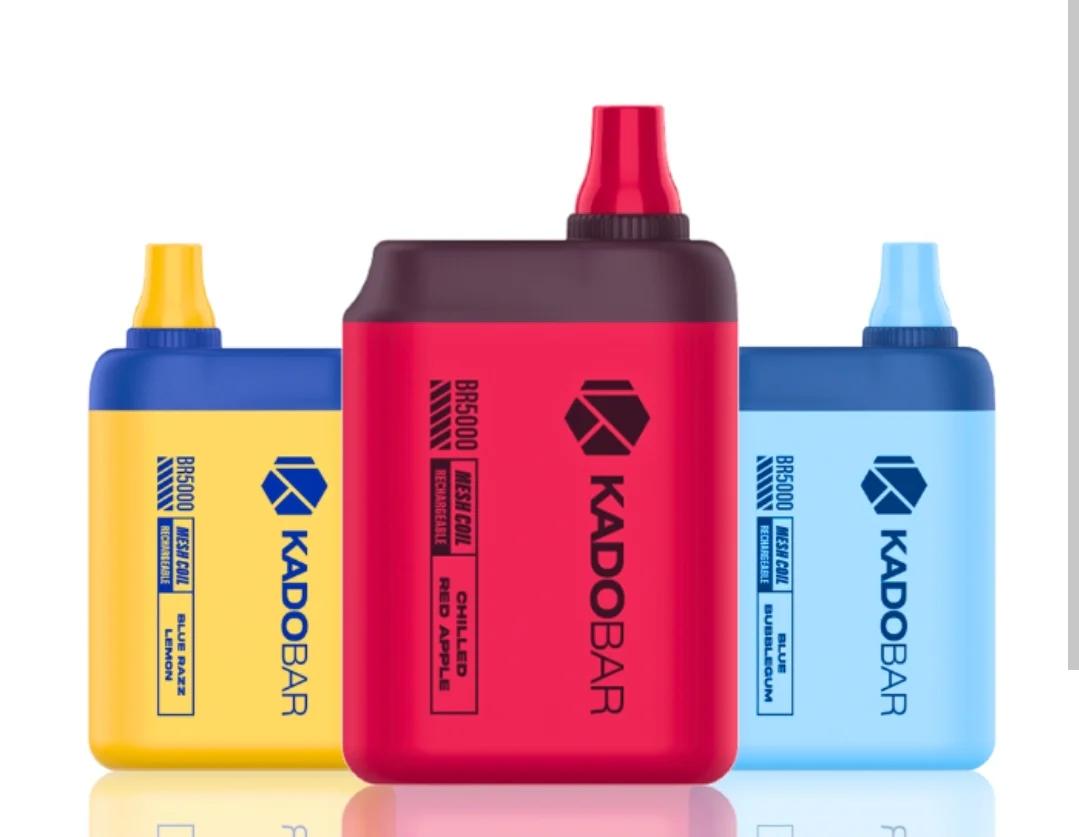
Automobiles have transformed from simple mechanical machines into smart, connected, and eco-friendly innovations. As technology advances and environmental concerns grow, the automotive industry is undergoing a massive shift toward automation, safety, and sustainability.
Whether you’re a car enthusiast, a casual driver, or someone curious about emerging trends, understanding these changes is key to navigating the future of mobility. In this article, we’ll explore cutting-edge automotive technologies, modern safety innovations, and the growing focus on green transportation — while also touching on how industries like consumer electronics and even the fifty bars vape influence automotive trends.
Revolutionary Advancements in Automotive Technology
Today’s cars are more than just vehicles — they’re rolling computers designed to enhance comfort, safety, and efficiency. Here are the biggest innovations shaping the driving experience:
1. Smarter Infotainment Systems
Modern vehicles feature digital dashboards with seamless integration for entertainment and navigation:
Apple CarPlay, Android Auto, and advanced voice assistants
Built-in apps for streaming music, podcasts, and real-time navigation
Over-the-air software updates — similar to firmware upgrades in vape devices — keeping your system current without visiting a service center
2. Advanced Driver Assistance Features (ADAS)
Cars today are semi-autonomous, using intelligent systems to minimize human error:
Adaptive Cruise Control – Maintains safe distances automatically
Lane-Keeping Assist – Keeps your vehicle centered on highways
Automatic Emergency Braking – Prevents collisions when hazards arise
These features make driving easier, safer, and less stressful, especially in heavy traffic.
3. Electric Powertrains and Hybrid Systems
The shift from gasoline engines to electric and hybrid vehicles is accelerating:
EV ranges now exceed 300 miles per charge
Charging stations are expanding rapidly across highways and cities
Hybrid systems combine gas and electric power for better efficiency
This transition mirrors innovations in compact energy storage, similar to Fifty Bar V2 20K Puffs, where smaller, more efficient power solutions are becoming standard.
4. Connectivity and IoT Integration
Cars are now deeply connected to the Internet of Things (IoT), offering:
Smartphone control — start your car, adjust climate settings, and check battery status remotely
Real-time traffic and weather updates
Remote diagnostics for maintenance and performance tracking
This connectivity bridges automobiles with consumer tech trends, creating a more personalized driving experience.
Safety Innovations Shaping the Future
Safety is at the heart of automotive design. From structural engineering to intelligent sensors, modern cars are built to prevent accidents and protect passengers.
1. Next-Generation Crash Protection
Automakers use high-strength steel, crumple zones, and reinforced cabins to absorb impact while protecting occupants.
Side-curtain and knee airbags add extra layers of protection
Enhanced crash-test standards guide vehicle design and consumer choices
2. Smarter Driver Assistance Systems
Advanced sensors and cameras are taking safety further:
Blind Spot Monitoring – Warns of nearby vehicles
Rear Cross-Traffic Alert – Ideal for reversing in tight spaces
Pedestrian & Cyclist Detection – Reduces urban accidents
EVs even integrate artificial sound systems to alert pedestrians, addressing the issue of silent electric motors.
Sustainability: Driving the Green Revolution
With climate change and rising fuel costs, sustainability is redefining automotive engineering. It’s no longer just about reducing emissions — it’s about creating a cleaner, more efficient ecosystem.
1. Rise of Electric Vehicles (EVs) and Hybrids
EVs produce zero tailpipe emissions, making cities cleaner and quieter. Popular models like the Tesla Model 3, Toyota Prius, and Hyundai Ioniq lead this transformation.
2. Alternative Fuel Sources
Manufacturers are exploring hydrogen fuel cells, biofuels, and synthetic fuels to power the next generation of vehicles. These alternatives could revolutionize long-haul transportation and reduce carbon dependency.
3. Eco-Friendly Manufacturing
Sustainability extends to production:
Use of recycled materials for interiors and panels
Solar-powered factories and water recycling
Lower energy consumption in vehicle assembly
4. Battery Recycling and Second Life Applications
EV batteries are being repurposed after their automotive life ends, powering homes, offices, and energy storage systems. As recycling technology advances, the environmental footprint of EVs will shrink even further.
How Automobiles Mirror Consumer Tech and Vape Trends
The automotive industry is increasingly influenced by consumer electronics, and even parallels can be drawn with the Snozzberry Fifty Bar V2:
Customization: Just as vapers tweak wattage and airflow, drivers personalize drive modes, ambient lighting, and infotainment settings.
Compact Power: EV batteries are becoming smaller and longer-lasting, similar to modern vape devices.
Direct-to-Consumer Sales: Car manufacturers, like vape brands, now offer online customization and purchasing, streamlining the buying experience.
Final Thoughts
The automobile is no longer just a way to get from point A to point B. It’s a tech-powered, eco-conscious, and safety-focused innovation that connects seamlessly with other industries — from consumer electronics to vape technology.
As we move toward electrification, automation, and sustainability, staying informed helps you make smarter choices — whether you’re buying your next vehicle, upgrading your tech, or exploring how these trends influence everyday life.



















Write a comment ...